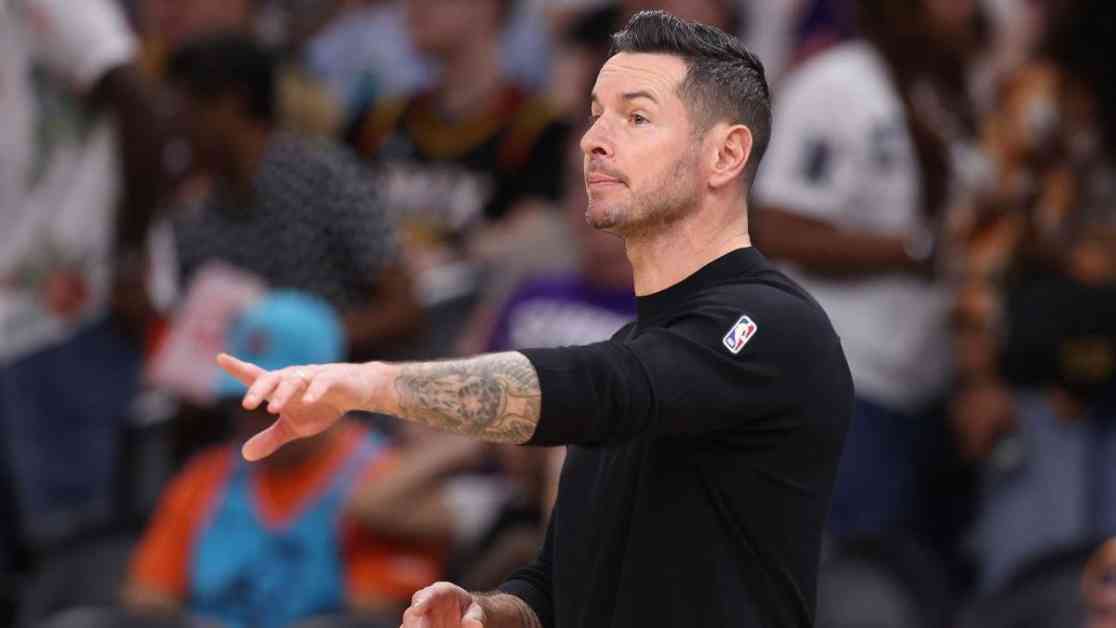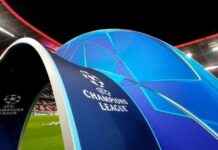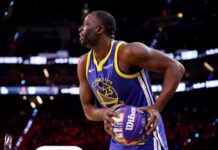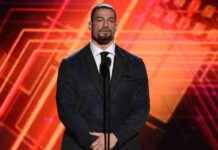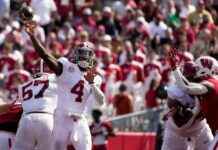JJ Redick, the first-year head coach of the Los Angeles Lakers, remained optimistic after a preseason loss to the Golden State Warriors on October 15. Despite the defeat, Redick pointed out that the team attempted 40 three-pointers in the game, which he saw as a promising sign. He even mentioned the possibility of increasing the number to 50 three-point attempts per game in the future, although he later clarified that his goal was for the team to average five or six more three-point attempts than before.
While aiming for 50 three-pointers per game may seem ambitious, especially for a team that currently averages 28.5 attempts, Redick’s unconventional background as a former sharpshooter and media personality has added an interesting twist to his coaching style. Rather than focusing solely on improving shot selection, Redick has revamped the Lakers’ offensive strategies to optimize their scoring opportunities.
In the first two games of the season, the Lakers have demonstrated a different approach to offense. Despite attempting fewer three-pointers compared to last season, the team has excelled in other areas such as scoring in the paint, sharing the ball effectively, and drawing fouls. These adjustments align with the strengths of key players like LeBron James and Anthony Davis, emphasizing physicality and teamwork over three-point volume.
Last season, the Lakers were known for their stagnant offense, ranking last in player movement among all NBA teams. However, under Redick’s guidance, the team has shown improved off-ball movement, resulting in more points off cuts and increased passing. By incorporating these changes gradually, Redick is creating a more dynamic offense that capitalizes on the players’ strengths and generates high-quality scoring opportunities.
Looking ahead, Redick plans to continue evolving the Lakers’ playing style to adapt to the modern NBA landscape. While increasing three-point attempts is a goal, he prioritizes creating quality shots over sheer volume. By challenging defenses with a multifaceted offensive approach, Redick aims to create opportunities for open threes while maintaining a balanced scoring strategy.
Ultimately, Redick’s early success as a head coach stems from his ability to maximize the Lakers’ potential by implementing strategic changes that align with the team’s identity. While the goal of reaching 50 three-point attempts per game may be ambitious, Redick’s emphasis on process, player development, and tactical adjustments bodes well for the Lakers’ future performance. As the season progresses, Redick’s coaching philosophy and innovative strategies will continue to shape the team’s trajectory and solidify his position as a promising coach in the NBA.
